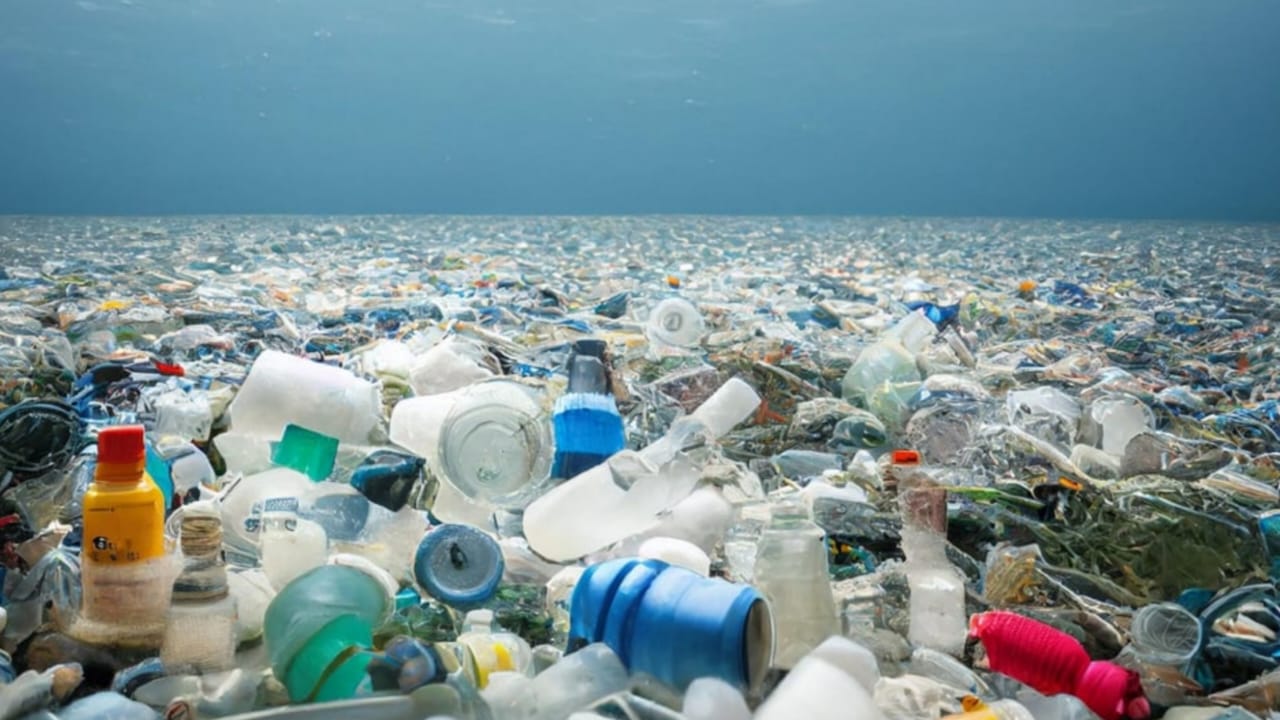New Nickel Catalyst Could Transform Plastic Recycling
Big changes often start quietly, with one careful cut in the right place. A new nickel catalyst targets stubborn polymer bonds in everyday packaging and converts them into useful liquids under gentler conditions. By reducing the need for pre-sorting and resisting contamination, this innovation moves recycling closer to real-world waste streams instead of curated lab samples. The potential is strong, but success will depend on scaling, economics, and safety outside the lab.
Unsorted Polyolefins Are Everywhere
Polyolefins dominate packaging: polyethylene and polypropylene make bottles, films, tubs, caps, wraps, and more. Over 220 million tons are produced annually, yet recycling rates remain below 10%. The barrier lies in their carbon–carbon bonds, which are tough to break, especially when loads arrive unsorted or dirty.
Common products include condiment bottles, milk jugs, food clamshells, trash bags, disposable cutlery, and even medical masks. Lifetimes are short, so waste builds fast. Without advanced methods, rejected bales linger for decades, breaking down into microplastics.
The new nickel catalyst changes this. By attacking bonds inside branched chains, it turns solid plastics into oils and waxes under milder conditions, reducing labor and preserving value early in the recycling process.
How Recycling Advances With Selective Hydrogenolysis
Hydrogenolysis uses hydrogen and a catalyst to cut polymer chains into hydrocarbons. Traditional systems relied on noble metals, high heat, and pressure, producing broad, low-value outputs. The new single-site nickel design works more efficiently:
- Operates at ~100°C lower than legacy methods
- Requires about half the hydrogen pressure
- Uses 10× less catalyst with 10× higher activity
Lower temperatures reduce energy demand, while lower pressure simplifies equipment and permits. In mixed loads, the catalyst shows selectivity—branched chains react faster, acting like invisible sorting. The result: steadier quality oils and waxes instead of chaotic byproducts.
Turning Mixed Packaging Into Valuable Liquids
Conventional methods struggle with mixed plastics. Mechanical recycling downcycles quality, while thermal cracking at 400–700°C consumes energy and yields unpredictable outputs. Food residues and impurities often ruin batches.
The nickel catalyst, however, produces oils and waxes usable for fuels, lubricants, and candles. By relaxing purity thresholds, facilities can accept dirtier, unsorted inputs, reducing landfill dependence and costly stoppages.
Durability adds to the benefit. The active site resists chemical shocks and regenerates with simple treatments, allowing longer uptime and steadier operations. Predictable outputs help secure investment and contracts.
Why PVC No Longer Blocks Recycling
PVC is a notorious contaminant. When heated, it releases hydrogen chloride, damaging equipment and poisoning catalysts. Most facilities oversort or face costly downtime. Yet, tests show the nickel catalyst tolerates—and even accelerates—processing with PVC levels up to 25% of total waste.
This stability allows plants to handle mixed bales once considered unrecoverable. With proper safeguards like vent scrubbing and monitoring, facilities can safely process tougher loads without derailing operations.
Because the process works at lower heat and pressure, it also improves safety, lowers energy use, and builds trust with communities reviewing new recycling projects.
From Lab Success to Industrial Reality
The breakthrough, published in Nature Chemistry by teams from Northwestern, Purdue, and Ames Laboratory, has solid academic backing. Industry already uses nickel and hydrogen networks in refineries, so integration looks practical.
Skid-mounted units near recycling facilities could process local waste streams into liquids, avoiding costly transport of bulky bales. But real-world success depends on logistics: moisture, contamination, odors, and variable feedstocks must be managed alongside chemistry.
If scaled, the benefits align across the board:
- Fewer landfill shipments
- Higher-value outputs
- Lower energy use
- Cleaner cities and steadier municipal budgets
Closing the Loop With Trust and Execution
The nickel catalyst won’t solve collection challenges alone, but it expands what mixed waste can yield. With resilience to PVC, gentler conditions, and selective efficiency, operators gain new tools. If pilot projects mature into reliable plants, communities and industries can move recycling from a rare success to a predictable flow.
That shift builds trust, attracts investment, and supports circular economies—turning stubborn plastics into valuable resources instead of long-term waste.
